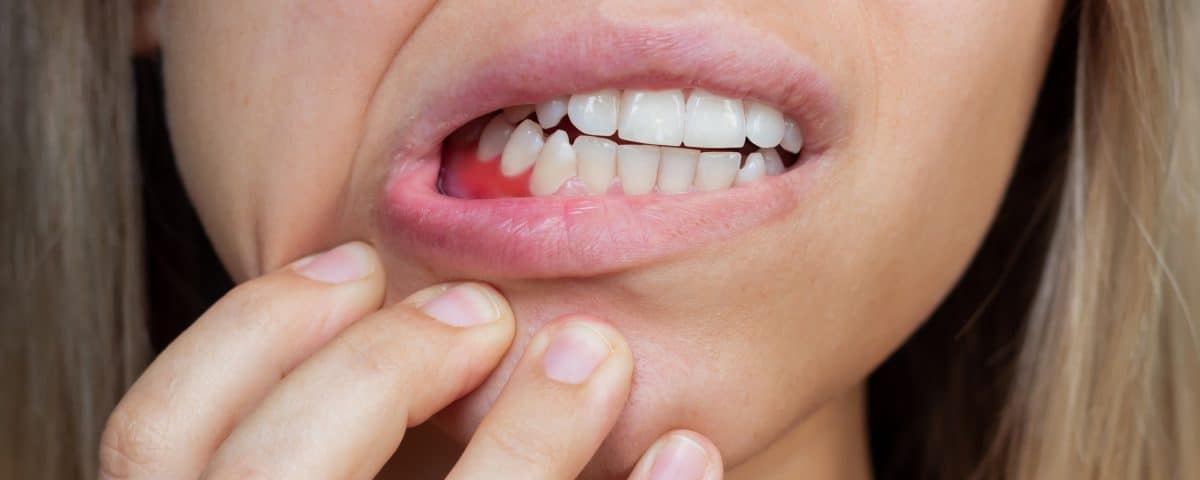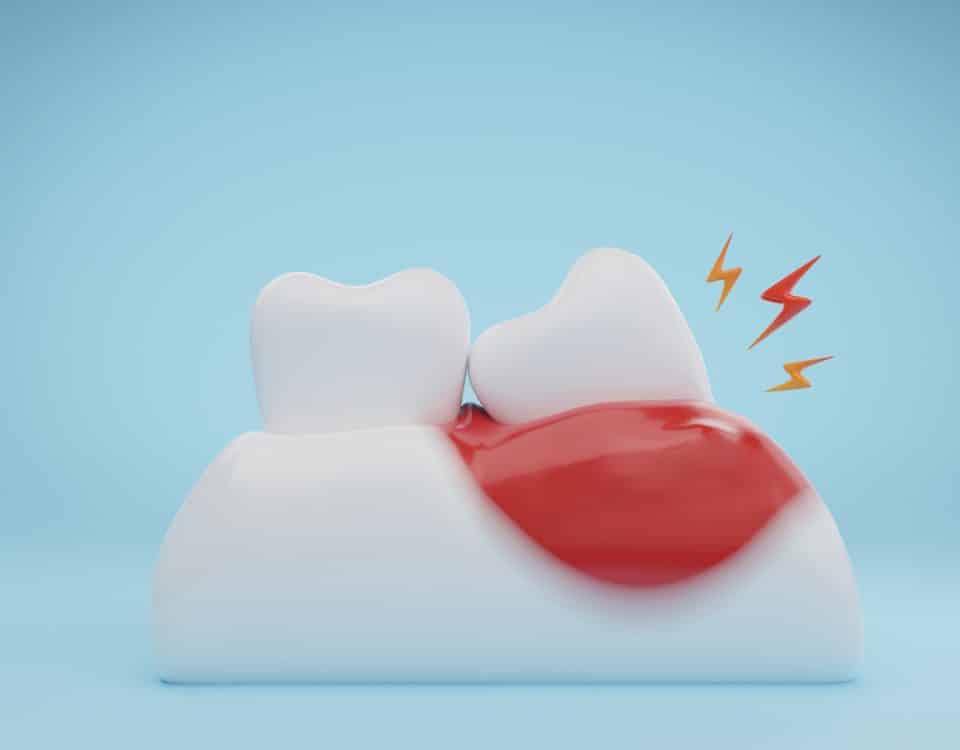Periodontitis: What It Is and What You Can Do To Prevent It

Fast and Easy Tooth Straightening Solutions
July 13, 2023
Am I Too Old To Have My Wisdom Teeth Extracted?
July 28, 2023Periodontitis is a serious gum disease that can cause serious damage to your gums and teeth if it’s left untreated. It’s an infection caused by bacteria that build up around the teeth, causing inflammation and eventually breakdown of the tissue and bone that support your teeth. Knowing what periodontitis is and how to prevent it are key for avoiding painful and permanent tooth damage. Make sure you’re aware of the symptoms, signs, and treatments associated with this dental condition so you can keep your mouth healthy!
What is Periodontitis?
Periodontitis is an inflammatory condition that affects the gums and supporting structures of the teeth. It’s caused by bacteria that accumulates around the teeth, leading to inflammation and infection. When left untreated, periodontitis can lead to tissue breakdown, loss of gumline attachment, bone decay and even tooth loss.
Stages of Gum Disease
Periodontitis is a progressive disease, meaning it can get worse over time if it isn’t treated. It progresses through three stages: gingivitis, early periodontitis and advanced periodontitis.
Stage 1
Gingivitis is the initial stage of gum disease and can be reversed with proper oral hygiene practices. Early periodontitis often doesn’t have any symptoms, but can be detected by a dentist. If caught early enough, periodontitis can be treated and reversed with non-surgical treatments such as antibiotics or scaling and root planing.
Stage 2
Early periodontitis is the second stage of gum disease. At this stage, inflammation and infection are already present in the gums and bone that support your teeth. Symptoms may include red, swollen gums, receding gumline, and bleeding during brushing or flossing.
Stage 3
Advanced periodontitis is the most severe form of the disease and can be very destructive. The infection has reached the deepest levels of gum tissue and bone around your teeth, leading to tooth loss if left untreated. Common symptoms include bad breath, deep pockets between teeth and gums, loose teeth, and shifting of the bite.
Signs & Symptoms
The most common signs and symptoms of periodontitis include:
- Swollen, red or tender gums
- Gums that bleed easily when you brush or floss your teeth
- Receding gumline (teeth appearing longer than normal)
- Persistent bad breath
- Pus between the teeth and gums
- Loose teeth or shifting of your bite
Treatment
Treating periodontitis should be done as soon as possible to prevent further damage to your gums and teeth. If your periodontitis isn’t advanced, treatment may involve less invasive procedures, including:
- Scaling. Scaling removes tartar and bacteria from your tooth surfaces and below your gumline. It may be done using instruments, a laser or an ultrasonic device.
- Root planing. Root planing smooths the root surfaces. This helps prevent further buildup of tartar and bacteria. It also helps your gums attach to your teeth again.
- Antibiotics. Topical or oral antibiotics can help control bacterial infection. Topical antibiotics can include antibiotic mouth rinses or putting gel containing an antibiotic into gum pockets. Sometimes oral antibiotics are needed to get of bacteria that cause infections.
If you have advanced periodontitis, you may need dental surgery.
Prevention & Management
The best way to prevent periodontitis is to maintain good oral hygiene habits such as brushing and flossing daily, visiting your dentist regularly for cleanings and check-ups, avoiding smoking or using tobacco products, and eating a healthy diet. If you are diagnosed with periodontitis, it’s important to follow your dental treatment plan prescribed by your dentist in order to keep the condition from progressing. In addition to seeing your dentist regularly, here are a few easy steps that can help reduce your risk for gingivitis and other dental problems:
- Brush twice daily
- Clean between teeth with floss or an interdental once a day
- Rinse twice a day with an ADA-Accepted antimicrobial mouthwash
- Eat a healthy, balanced diet
- Don’t smoke or reduce smoking
- Keep an eye out for signs of gingivitis
Periodontitis is a serious gum disease that can cause permanent damage if left untreated. Knowing the signs, symptoms, treatments, and prevention methods associated with this dental condition is essential for maintaining your oral health. If you’re concerned about your risk of developing periodontitis or already have it, make sure to visit Stonebrook Family Dental right away.
Make an Appointment with Stonebrook Family Dental
At Stonebrook Family Dental, we’re committed to helping you maintain your oral health and avoid serious dental problems like periodontitis. To get started, book an appointment with us today to discuss your dental needs and get on the path towards better oral health!



